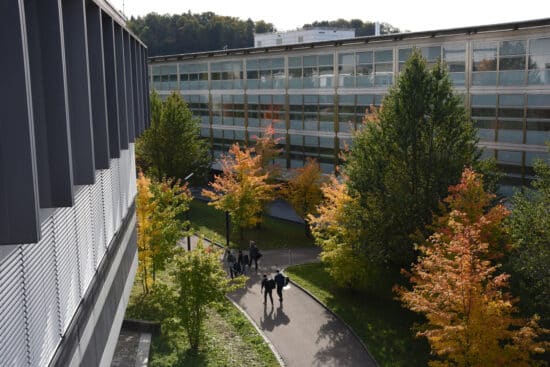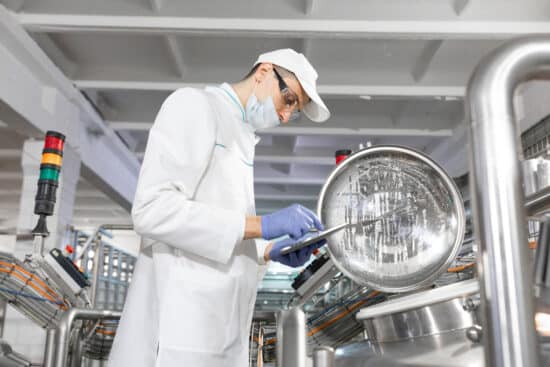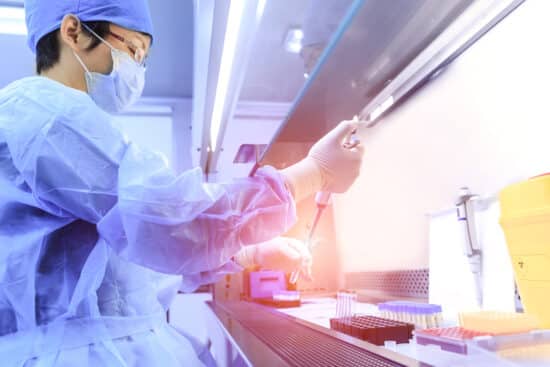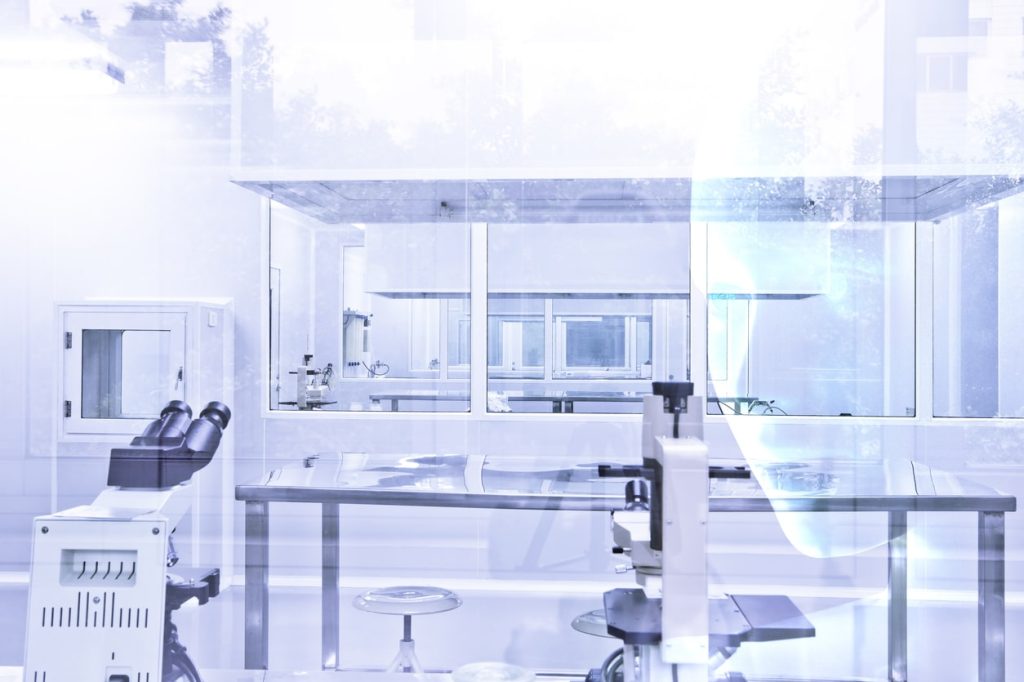For many research teams, a well-maintained clean room is central to the ongoing success of research and experimentation. Removing as many variables as possible can help improve the chances of consistent and true results – giving the research team the best opportunity for success.
Not only is it integral to the success of research, but a laboratory complete with a well-fitted and maintained clean room could stand a better chance of securing additional work and grants. A research team that boasts a comprehensive clean room setup can guarantee a greater accuracy of results, making them a more attractive option for investors.
If you are looking to install your laboratory’s first clean room or are looking to overhaul your current suites, you will probably have a lot of questions about installation and maintenance. In this guide, we provide information to help you effectively plan, install and maintain a laboratory clean room.
Quick Navigation
- How to plan and design a laboratory clean room
- What to consider when installing a laboratory clean room
- How to effectively maintain a laboratory clean room
How to plan and design a laboratory clean room
Whilst there isn’t a one-size-fits-all solution for a laboratory clean room, there are a few things that all lab managers and building managers need to consider before the installation stage.
Location
The impact of the clean room isn’t just contained within its four walls, it also affects the wider layout of the laboratory and the building as a whole. Consider how all people within the building interact with the planned location – will lots of people require access to the routes leading to the clean room?
As cleanliness is the main focus of a clean room, it is best to plan its location far from popular routes, ensuring it remains uncontaminated. It is advisable to ensure your clean room has a single access point, as this will remove the possibility that it will become a corridor or shortcut.

The location should also consider storage areas where materials used within the clean room will be stored. The shorter and easier the journey from storage to clean room, the lower the risk of contamination.
Budget
Financial constraints are among the biggest restrictions that lab managers and research teams face when implementing new laboratory suites and features. Whilst you may see the benefit of spending a sizeable amount of budget on this project, the accountants within the organisation might not be so keen.
Here is a good time to deep dive into the potential financial benefits of installing a clean room. Analyse the additional research tasks your lab could undertake as a result of the installation and determine the potential financial rewards. This could help you secure a little extra budget from the accounts team, and help you build a more comprehensive clean room as a result.
Supplier
Such a significant investment for your laboratory requires a diligent approach to supplier selection. Always ensure you are working with experienced and qualified suppliers; this will reduce the risk of being lumped with a business which is unprepared for the process or that doesn’t fully understand the brief.
Look for testimonials, case studies and examples of expertise when identifying your preferred supplier. Always look for examples of expertise and knowledge – something we provide throughout our blog and on our dedicated cold rooms and clean rooms page. Furthermore, don’t be scared to ask questions of the supplier and test their knowledge.
What to consider when installing a laboratory clean room
Now that you have your clean room plan in place and have received the green light from the board, you are ready to start the installation phase. Here are some key things to consider during installation.

Classification
At the heart of the clean room planning process is its classification. This is the industry-standard measure of the control of airborne particles in the clean room. Your research team will be able to let you know the level of cleanliness required for their work, and this will be translated into ISO classification from ISO 1 (the cleanest) to ISO 9.
The following table will help you and your supplier understand the classification your clean room needs to meet:
| ISO Class | Air Changes Per Hour | Maximum Particles/Cubic Meter | |||||
| 0.1 Micron | 0.2 Micron | 0.3 Micron | 0.5 Micron | 1 Micron | 5 Microns | ||
| ISO 1 | N/A | 10 | 2 | N/A | N/A | N/A | N/A |
| ISO 2 | N/A | 100 | 24 | 10 | 4 | N/A | N/A |
| ISO 3 | 360-540 | 1,000 | 237 | 102 | 35 | 8 | N/A |
| ISO 4 | 300-540 | 10,000 | 2,370 | 1,020 | 352 | 83 | N/A |
| ISO 5 | 240-480 | 100,000 | 23,700 | 10,200 | 3,520 | 832 | 29 |
| ISO 6 | 150-240 | 1,000,000 | 237,000 | 102,000 | 35,200 | 8,320 | 293 |
| ISO 7 | 60-90 | N/A | N/A | N/A | 352,000 | 83,200 | 2,930 |
| ISO 8 | 5-48 | N/A | N/A | N/A | 3,520,000 | 832,000 | 29,300 |
| ISO 9 | N/A | N/A | N/A | N/A | 35,320,000 | 8,320,000 | 293,000 |
Type of air pressure
Perhaps the most important factor in installing a clean room is identifying and understanding the type of airflow that you require. Using an air filter, it is possible to control the pressure, and subsequently the contamination level in the room.
The vast majority of clean rooms use the positive pressure method, in which the clean room has a higher pressure than surrounding rooms, which forces contaminated air away. However, some clean rooms are negatively pressured, which prohibits the air from leaving the room. Negatively-pressured clean rooms are usually reserved for labs dealing with some form of contaminant, such as infectious diseases, that cannot leave the room.
Again, your research team should be able to help you better understand what type of air control you require.

How to effectively maintain a laboratory clean room
Once you have a clean room installed and implemented, it is in your best interest to ensure it is maintained to the highest standards. Not only will this reduce the risk of it deteriorating beyond the point of use, but it will also help ensure the research it supports is consistent.
Monitored cleaning
It should go without saying that a clean room needs to be rigorously and routinely cleaned. However, there are a number of steps required to ensure it is cleaned to a suitable standard. Firstly, it is important that a full and proper cleaning schedule is put in place, and that everyone who is included in that schedule is given full training.
Secondly, there must be an inventory of different cleaning items that can be used in the clean room. Even something as simple as using the wrong type of sponge in the clean-up process can contaminate the room – so it’s vital these are never used.
Fully train the whole team
Even if you have an experienced research team who have completed a lot of clean room research in the past, it is important that all members of the team are fully trained in using every piece of equipment. From the lead researcher to the assistants and cleaning team, everyone should be given full and regular training to ensure all protocols are being followed.
This will effectively reduce the risk of contamination and mix-ups, ensuring your lab is used to its fullest.
InterFocus can help you create a clean room environment that’s the right fit for you and your team. For more information about our bespoke fitted labs, visit our homepage or call our team on 01223 894 833.



